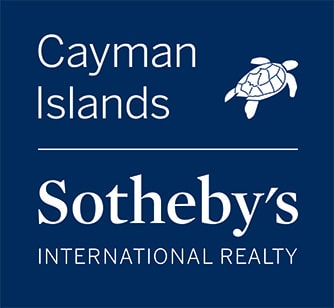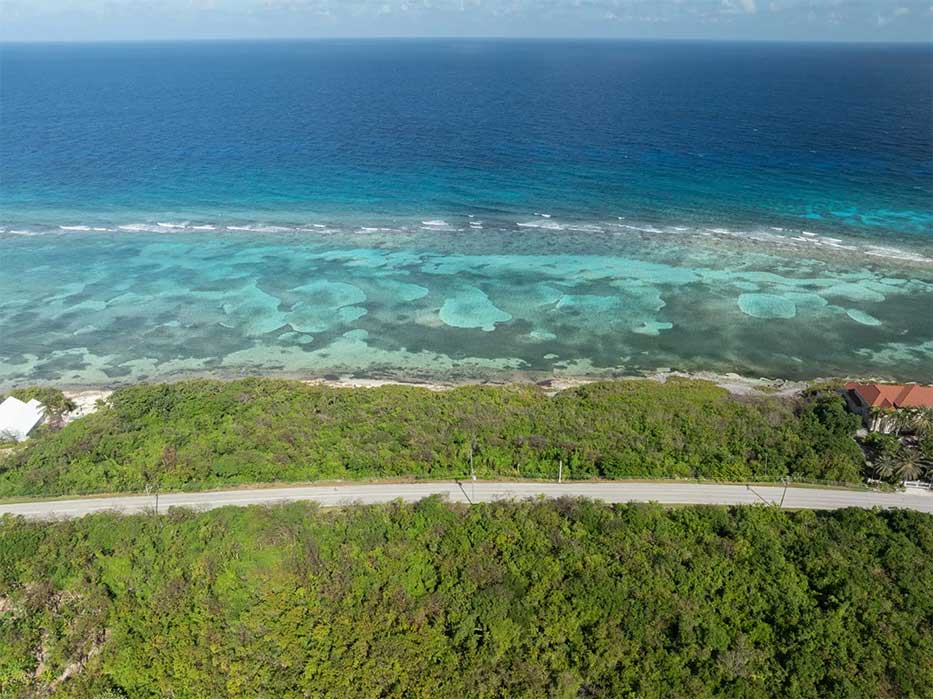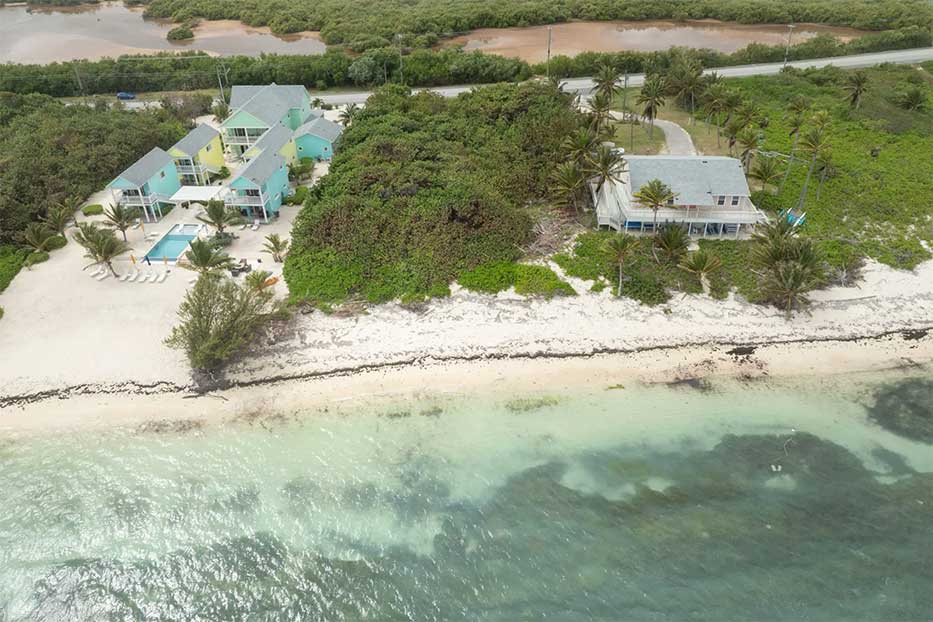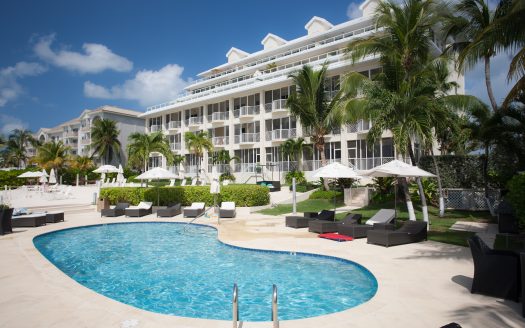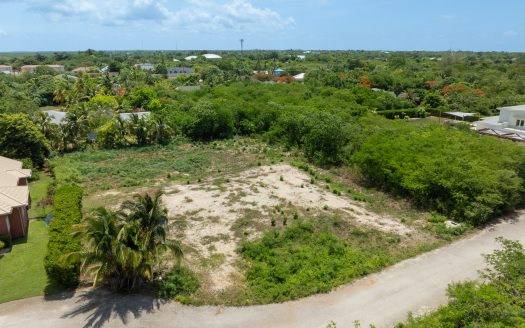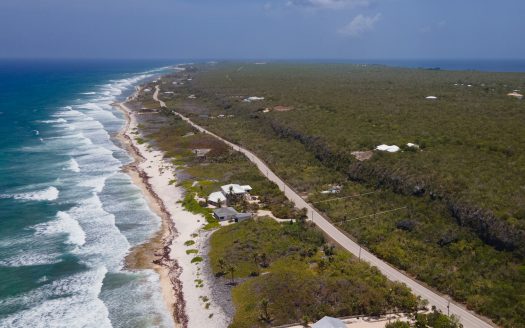Building in Cayman
Building a truly unique home
The allure of powdery white sandy beaches, balmy sea breezes, and vibrant marine life attract people from all around the world to our little islands. Many visitors dream of living and working here on a permanent or extended basis, and a lucky few relocate to make that dream a reality.
However, with a growing population and a competitive Cayman real estate market, demand for housing can be high, especially within the most sought-after residential areas of the islands. As a result, more people are beginning to consider alternatives and seriously contemplate whether they have what it takes to build their own home.
While, for most people, the thought of building a home from scratch instead of buying one would be overwhelming. Others relish the challenge, motivated by the desire to create a truly unique home to enjoy all that island living has to offer.
It’s easy to get swept away in the excitement of a construction project. But before you grab your hard hat, it’s important you first understand how the building process works here in the Cayman Islands.
Local Connections
Before you start planning your project, it’s advisable to seek professional advice. Fortunately, the Cayman Islands is home to many qualified construction professionals including land, and quantity surveyors, project managers, and architects, all of who have the local knowledge and expertise to assist you at every stage of the project.
Additionally, there are several internationally regulated bodies and locally governed associations dedicated to the construction trades:
Cayman Society of Architects Surveyors and Engineers (CASE) has a primary goal of advancing the design and construction industries in the Cayman Islands. They’re passionate about creating better buildings and places, stronger communities, and a more sustainable environment.
The Royal Institution of Chartered Surveyors (RICS) is considered the worldwide mark of a property professional. RICS members are regulated and must uphold the highest international standards in valuing, managing, and developing land, real estate, construction, and infrastructure.
Founded in 1972, the Cayman Contractors Association (CCA) is a self-regulating body that ensures the Islands’ construction industry is professional and efficient. The CCA Directory is a well-used resource that enables the public to choose a reputable contractor.
The Institute of Cayman Islands Architects ICIA was established in 2020. They have aligned themselves with the Royal Institute of British Architects (RIBA). Their goal is to address any specific concerns of the Cayman Islands and promote the architectural profession and its value to our Islands.
Local Compliance
The Central Planning Authority is a statutory authority appointed by the Cabinet to oversee and review the physical development of Grand Cayman. The CPA decides whether to support or not support a development application. They base their decisions upon the reviews and recommendations provided by the Department of Planning and other Government Agencies. The CPA will also dictate the conditions of approval, if applicable.
The Cayman Islands Government has a strong Department of Planning. Their role is to support the Central Planning Authority and Development Control Board in regulating all forms of physical development in the Cayman Islands.
From start to finish, planning application can be a stringent process; from applying for planning permission to receiving a Certificate of Occupancy, there are various other steps along the way:
- Apply for a planning permit
- A planning officer reviews the project
- Planning permission granted
- Apply for a permit
- A plans examiner reviews the permit
- Permit issued
- Start construction
- Request inspection during the building process
- Final inspection
- Apply for a certificate of occupancy
To learn more about the planning process, visit: https://www.planning.ky/process/
The Cayman Islands has a rigorous set of Building Codes based on several codes developed by the International Code Council (ICC).
The Cayman Islands building codes stipulate the minimum requirements, and all construction projects and structures must adhere. These include structural elements related to wind and seismic activity Approval for occupancy, all physical properties of the building such as the roof and roof structures, accessibility, exit, and fire protection requirements, are regulated and inspected by the Department of Planning.
Build Heights and Setbacks
Current regulations permit ten-storey buildings on Seven Mile Beach only. The maximum height in all other areas is three-story. For residential properties, a maximum of 25% site coverage is allowed.
Waterfront properties require a high-water survey before plans are submitted and must adhere to setbacks from the sea, which is typically 100ft. Residential home setbacks from the road frontage must be 20ft. One-storey buildings setbacks from the side are 10ft and 15ft for two-storey properties.
Useful Links
Zoning Guidelines Development and Planning Regulations (2020 Revision)
Start your building project
Finding your piece of paradise
If, after consideration, building a home rather than buying one is the right choice for you, we would love to help you find your piece of paradise. You can view our latest listings or contact our team to get started.

